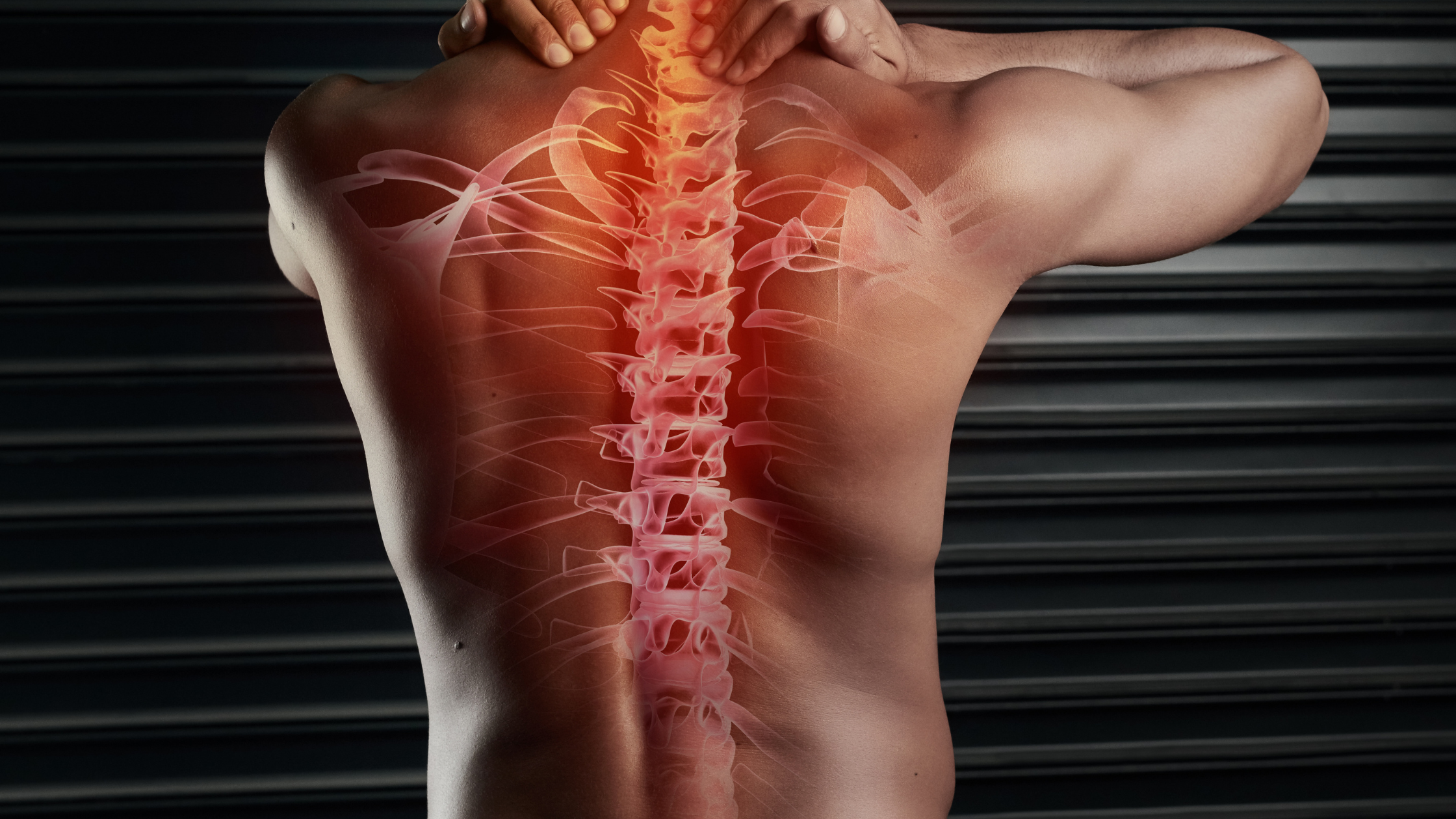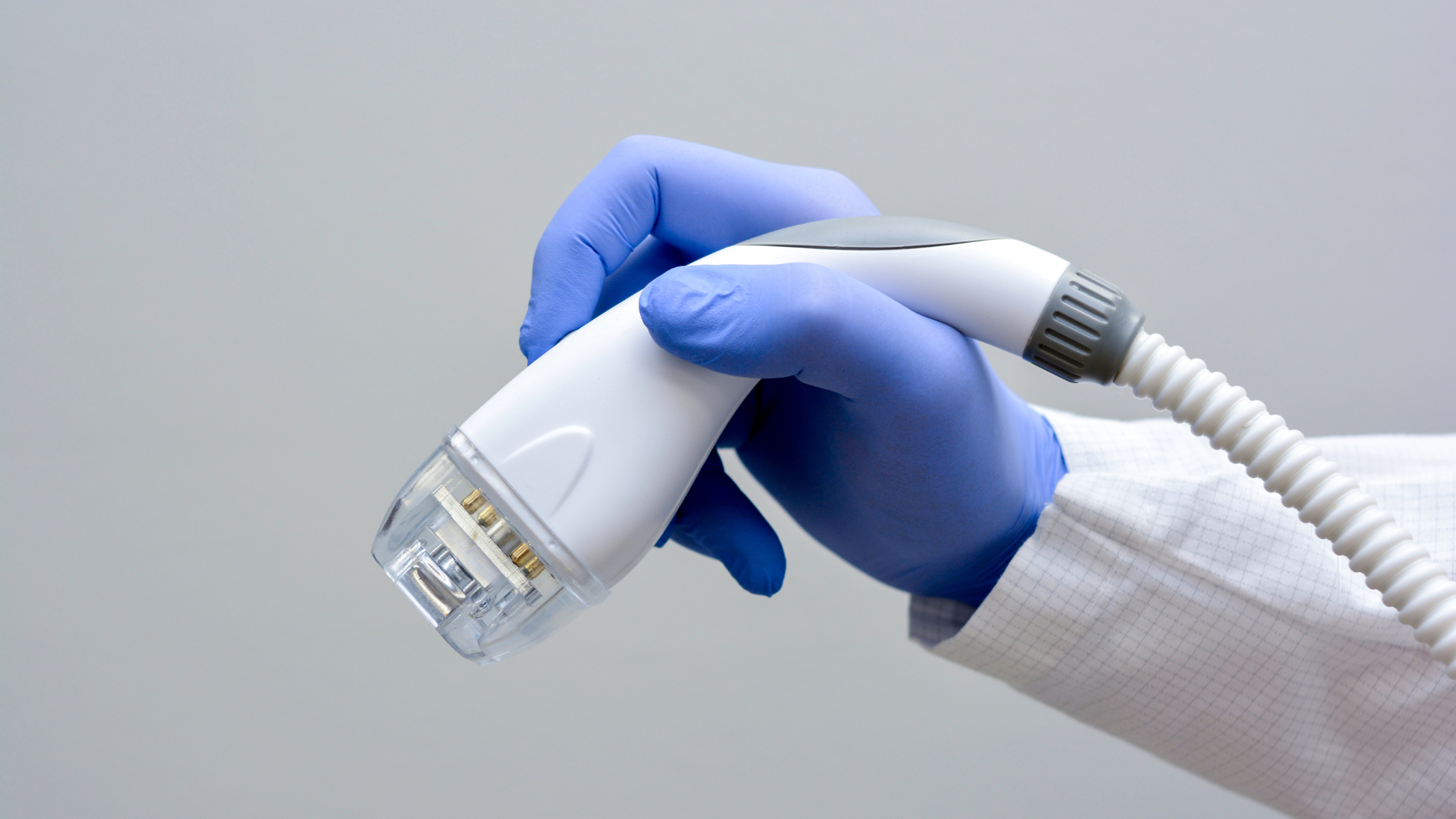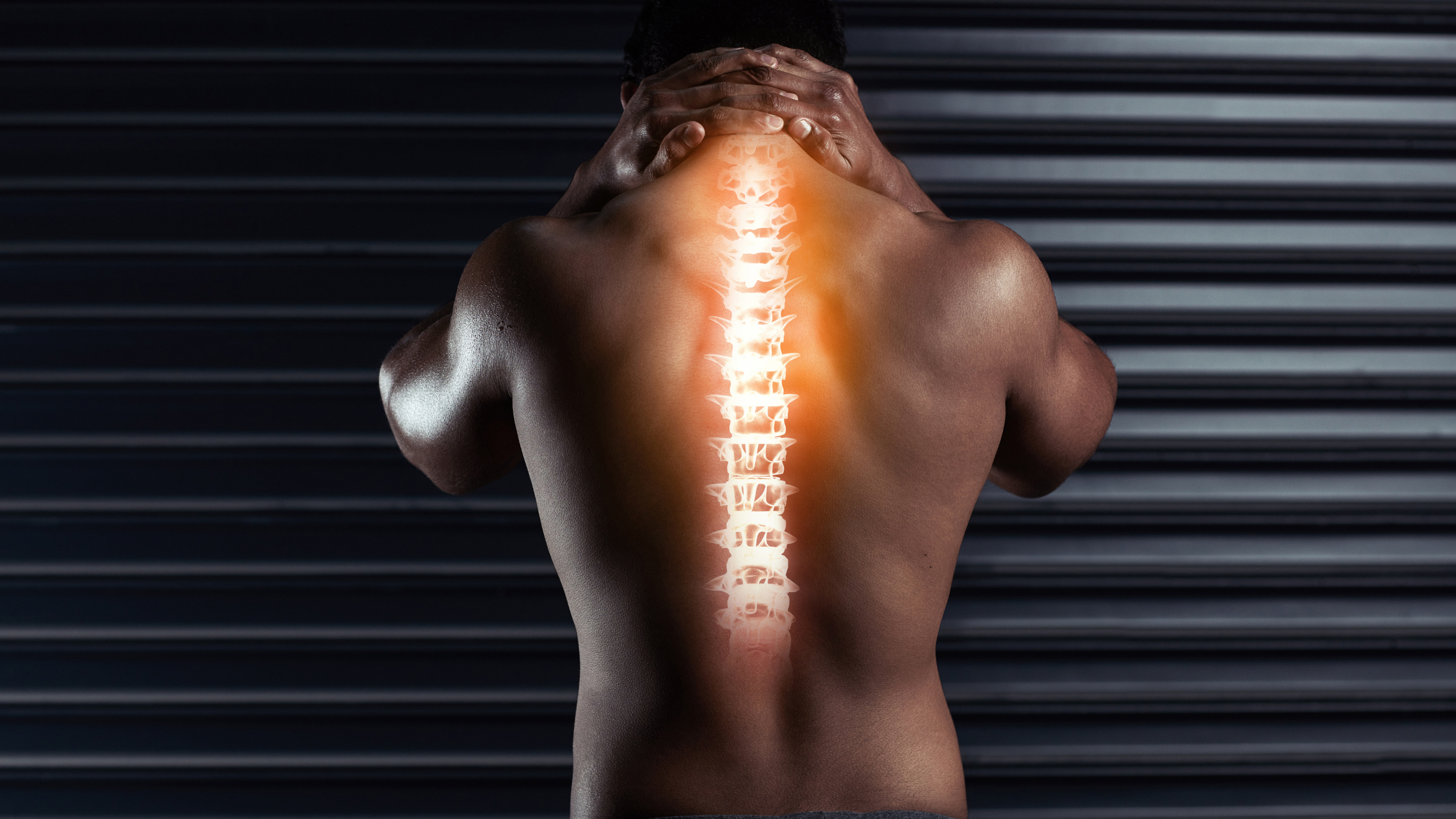
Tips for Traveling with Joint Pain This Summer
Depending on whom you ask about joint pain, you may get that old adage “Joint pain is a young man’s game and an old man’s
Welcome to the Spine Team Texas Blog, your resource for expert advice, tips, and insights on spine health and wellness.


Depending on whom you ask about joint pain, you may get that old adage “Joint pain is a young man’s game and an old man’s

If you’ve been dealing with chronic back or neck pain, chances are you’ve heard about epidural steroid injections (ESIs). Maybe your doctor has suggested them,

Lower back pain is one of the most common health complaints across the globe, affecting people of all ages and lifestyles. Whether you’re sitting at

Waking up with a stiff neck or aching back can quickly derail your day. While there are many potential causes for back and neck pain,

Chronic pain affects millions of people worldwide, diminishing their quality of life, impacting their ability to work, and often leading to emotional distress. While medications

Chronic pain can be an exhausting and life-altering condition, impacting not only physical health but also emotional well-being, relationships, and day-to-day function. Whether it stems

Working from home has shifted from a short-term solution to a long-term reality for millions of people. While there are countless perks—no commute, flexible hours,

Spine pain is a common issue that affects millions of people worldwide. It can arise from a variety of factors, including injury, age-related degeneration, poor

In our increasingly sedentary and tech-driven lives, posture is often one of the first aspects of physical health to be compromised—and the consequences can be
